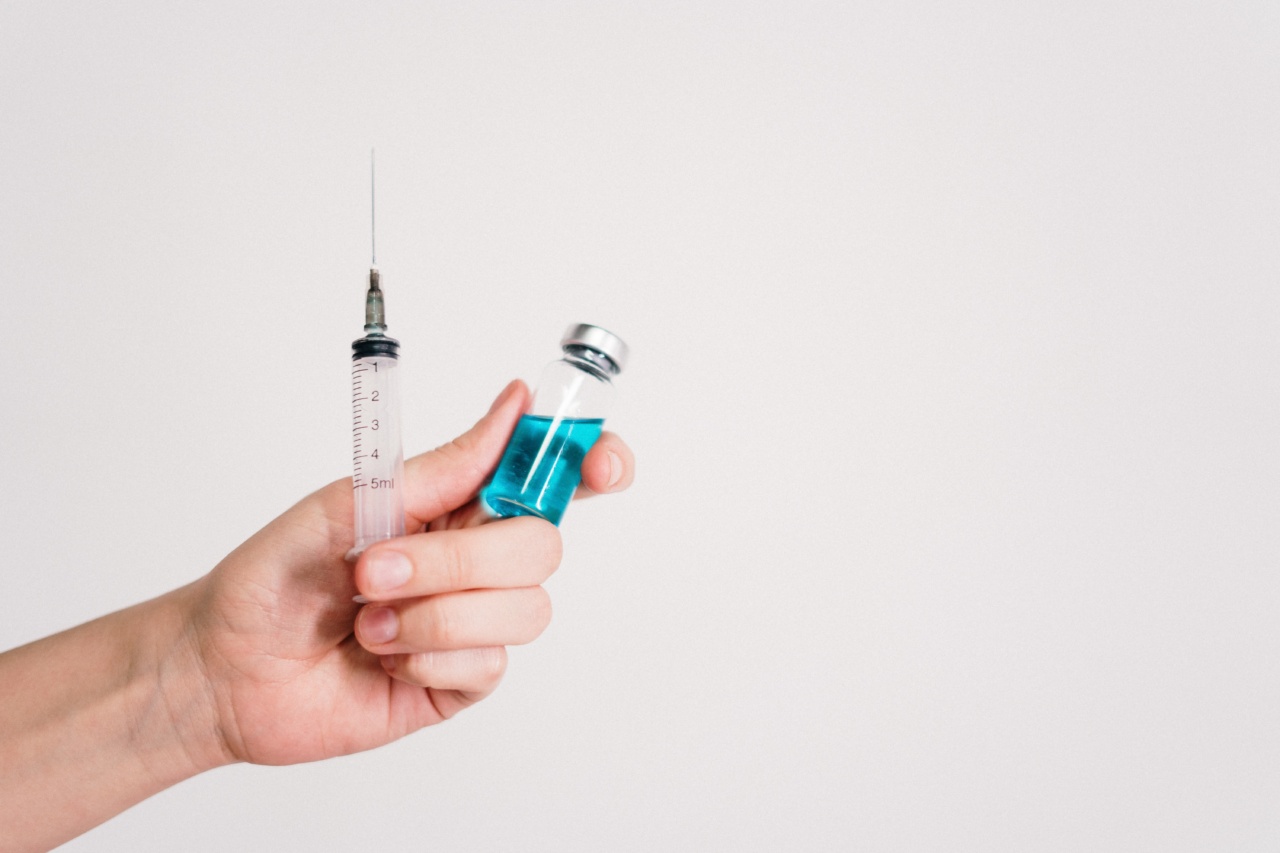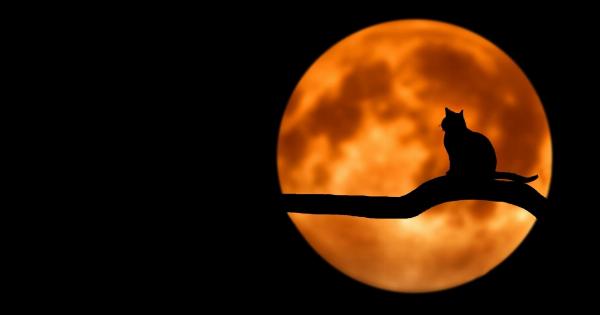Water is essential for all living creatures, including cats. In fact, dehydration is a common problem among cats and can lead to serious health issues if left untreated.
Dehydration occurs when cats lose more water than what they are taking in, resulting in a lack of fluids in the body. This article will discuss why dehydration is dangerous for cats, its prevention, and treatment options.
Why is dehydration dangerous for cats?
Dehydration can have serious consequences on a cat’s health. The body of a cat is made up of 60% water, and water is needed to maintain normal bodily functions such as digestion, circulation, and temperature regulation.
When a cat is dehydrated, these functions can be impaired or even stop working altogether.
Causes of dehydration in cats
Dehydration in cats can be caused by several factors, including:.
- Illness or disease. Cats experiencing specific health conditions are more prone to dehydration than healthy felines. For instance, chronic kidney diseases or diabetes may cause dehydration in felines.
- Hot weather. High temperatures usually cause sweating, which in turn eliminates significant water content in the body. Plainly, if a cat is always under direct sunlight or poor ventilation, they will sweat and quickly lose water, leading to dehydration.
- Inadequate access to drinking water. Cats commonly drink water to replenish their lost fluids. However, the availability of drinking water within the environment matters. If a cat is in an area with no drinking water, they might become dehydrated.
Symptoms of dehydration in cats
Some signs and symptoms of dehydration in cats may include:.
- Loss of appetite. With low fluid levels in the body, cats may not feel hungry most of the time.
- Sunken eyes. The absence of water in the body often results in sunken eyes.
- Dry gums and mouth. Dehydration usually makes the cat’s mouth feel dry and sticky.
- Lethargy. Reduced fluid levels in the body can lower the cat’s energy levels, leading to lethargy.
- Decreased urine output. With dehydration, cats tend to urinate less frequently. The urine may be dark or have an intense odor.
- Elevated heart rate. Dehydration may cause an increase in heart rate in cats.
- Panting and other respiratory abnormalities. Panting is common among cats when they are dehydrated. Additionally, as with the heart, dehydration causes their breathing and respiratory patterns to adjust.
Prevention of dehydration in cats
There are a few steps that pet owners can take to prevent dehydration in their cats. These measures include:.
- Provide plenty of clean water to drink. Always ensure the presence of fresh water in the environment will encourage the cat to drink more.
- Avoid leaving cats in overheated or unventilated areas.
- Schedule regular check-ups with a veterinarian to detect possible illnesses or health conditions that may cause dehydration in cats.
- Monitor the cat’s food and water intake. It could be a good idea to note how much water and dry food the cat has taken on a particular day and under what environmental factors.
Treatment of dehydration in cats
For mild dehydration in cats, pet owners can try the following tips:.
- Encourage the cat to drink water. Whenever possible, the pet owner can offer the cat water with a flavor to incentivize drinking as much water as possible.
- Provide low-sodium broths that can help rehydrate the cat.
- Supply moisture-rich foods such as canned or wet cat food.
Additionally, if the dehydration is severe, the cat may require intravenous (IV) fluids to rehydrate quickly. In such instances, the pet owner should consult with the veterinarian for the appropriate steps to follow for this process.
Conclusion
Dehydration is a severe health problem that should be treated immediately before it causes further health complications.
By providing access to plenty of clean water supply, ensuring good ventilation and living conditions, and monitoring their health frequently, cat owners can limit the risk of dehydration in their pets. Pet owners should also observe their pets closely and look out for the signs of dehydration. In case of any unusual symptoms or behaviors, pet owners should consider consulting with a veterinarian for the best way forward.






























